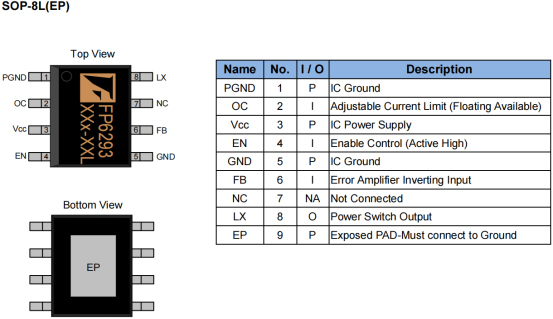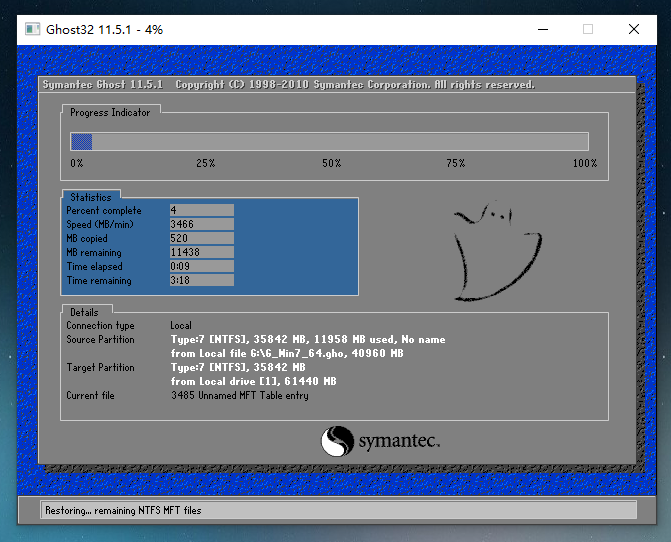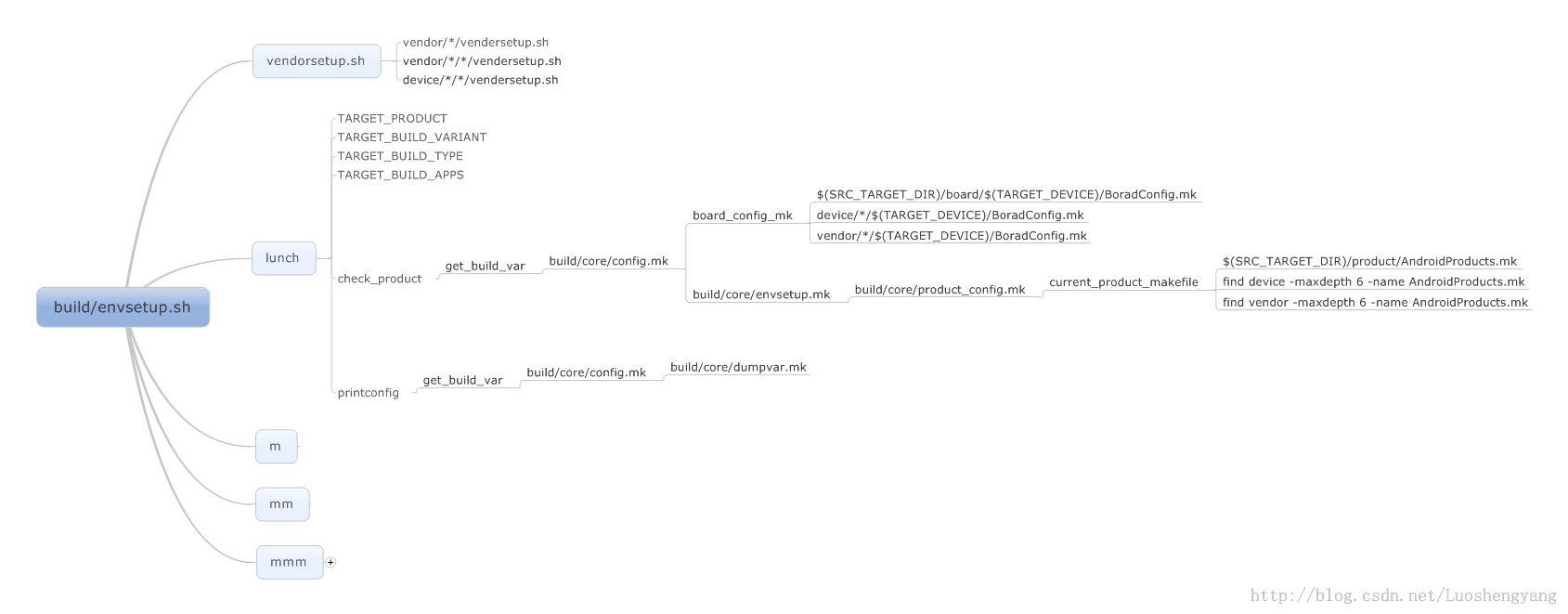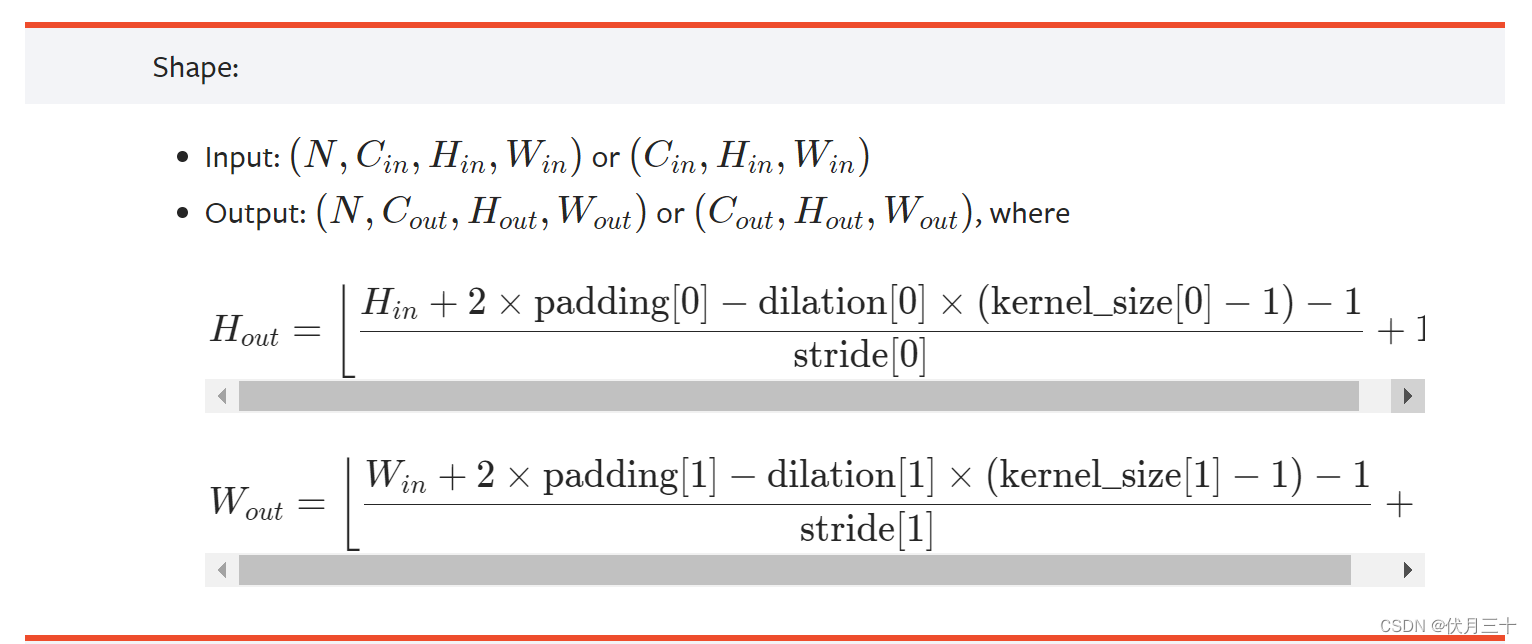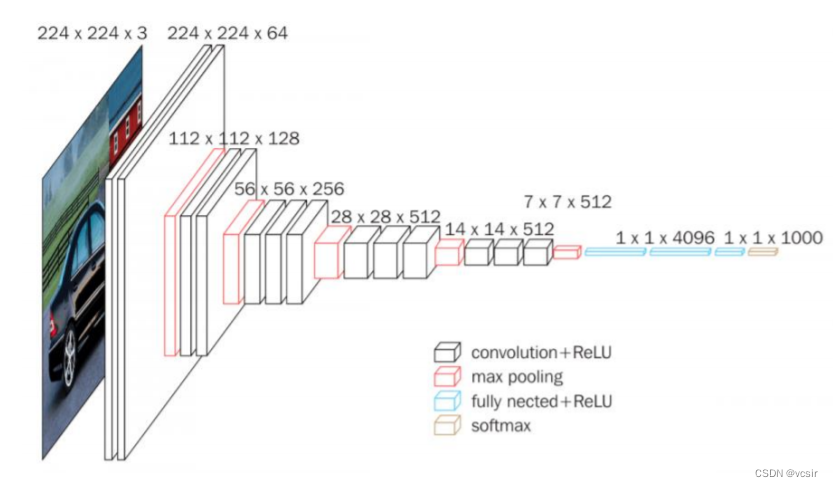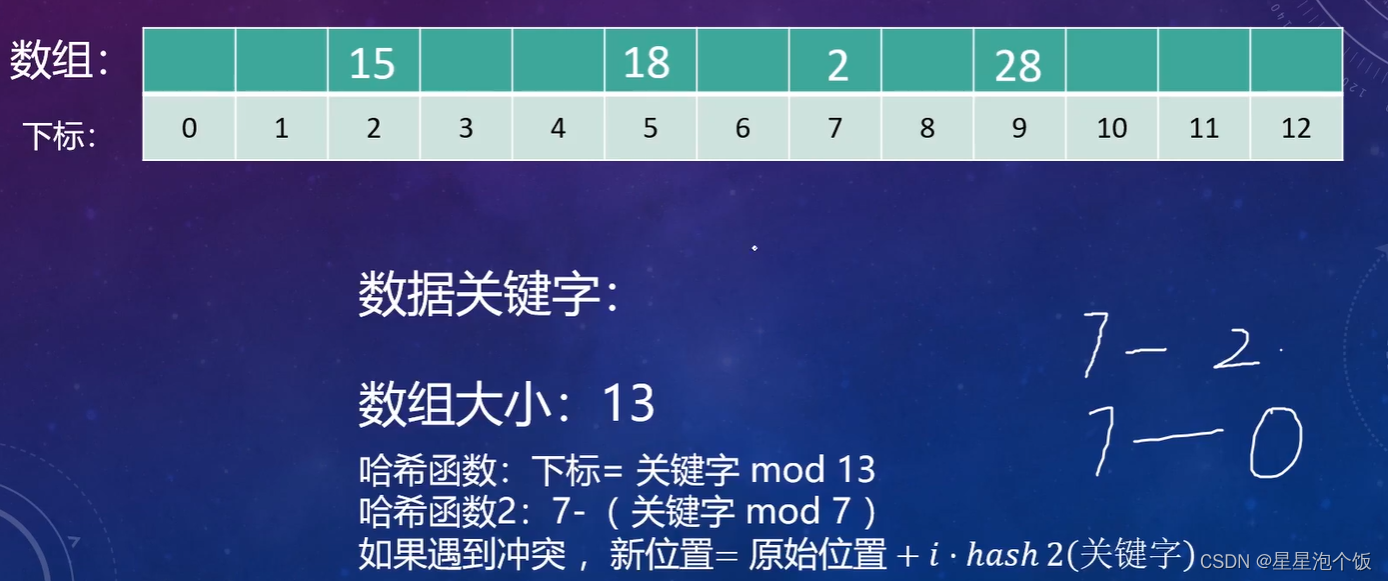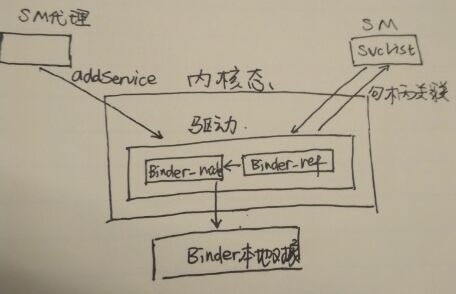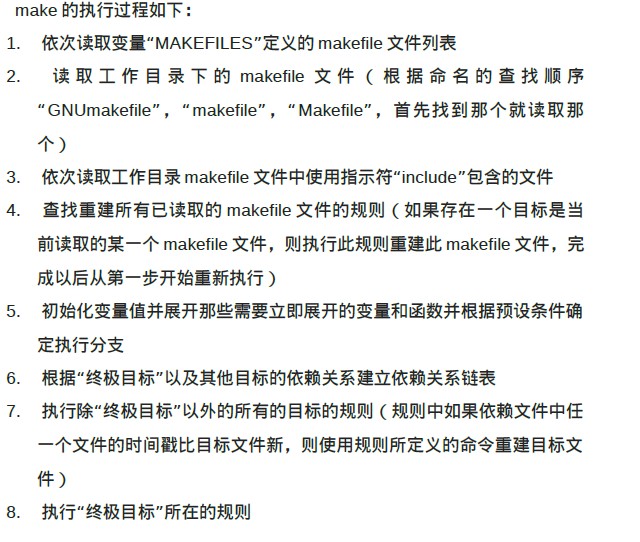当前位置:网站首页>Yolov5 official code reading - prior to transmission
Yolov5 official code reading - prior to transmission
2022-08-02 15:26:00 【Hongyao】
yolov5Interpretation of the forward propagation code
前言
本笔记以yolov5 4.0版本为例
在yolov5/models/yolo.py中,我们可以运行mainCode block viewyolov5s的结构.
from n params module arguments
0 -1 1 3520 models.common.Focus [3, 32, 3]
1 -1 1 18560 models.common.Conv [32, 64, 3, 2]
2 -1 1 18816 models.common.C3 [64, 64, 1]
3 -1 1 73984 models.common.Conv [64, 128, 3, 2]
4 -1 1 156928 models.common.C3 [128, 128, 3]
5 -1 1 295424 models.common.Conv [128, 256, 3, 2]
6 -1 1 625152 models.common.C3 [256, 256, 3]
7 -1 1 1180672 models.common.Conv [256, 512, 3, 2]
8 -1 1 656896 models.common.SPP [512, 512, [5, 9, 13]]
9 -1 1 1182720 models.common.C3 [512, 512, 1, False]
10 -1 1 131584 models.common.Conv [512, 256, 1, 1]
11 -1 1 0 torch.nn.modules.upsampling.Upsample [None, 2, 'nearest']
12 [-1, 6] 1 0 models.common.Concat [1]
13 -1 1 361984 models.common.C3 [512, 256, 1, False]
14 -1 1 33024 models.common.Conv [256, 128, 1, 1]
15 -1 1 0 torch.nn.modules.upsampling.Upsample [None, 2, 'nearest']
16 [-1, 4] 1 0 models.common.Concat [1]
17 -1 1 90880 models.common.C3 [256, 128, 1, False]
18 -1 1 147712 models.common.Conv [128, 128, 3, 2]
19 [-1, 14] 1 0 models.common.Concat [1]
20 -1 1 296448 models.common.C3 [256, 256, 1, False]
21 -1 1 590336 models.common.Conv [256, 256, 3, 2]
22 [-1, 10] 1 0 models.common.Concat [1]
23 -1 1 1182720 models.common.C3 [512, 512, 1, False]
24 [17, 20, 23] 1 229245 Detect [80, [[10, 13, 16, 30, 33, 23], [30, 61, 62, 45, 59, 119], [116, 90, 156, 198, 373, 326]], [128, 256, 512]]
Model Summary: 283 layers, 7276605 parameters, 7276605 gradients, 17.1 GFLOPS
在mainAdd print statements below the code block,手动打印yolov5的模型结构
print(model)
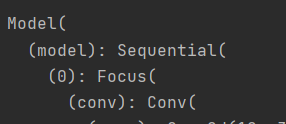
这时,我们就会惊讶的发现,yolov5The model is actually only onenn.Sequential的顺序结构,Isn't it good to say that it is the following complex network structure??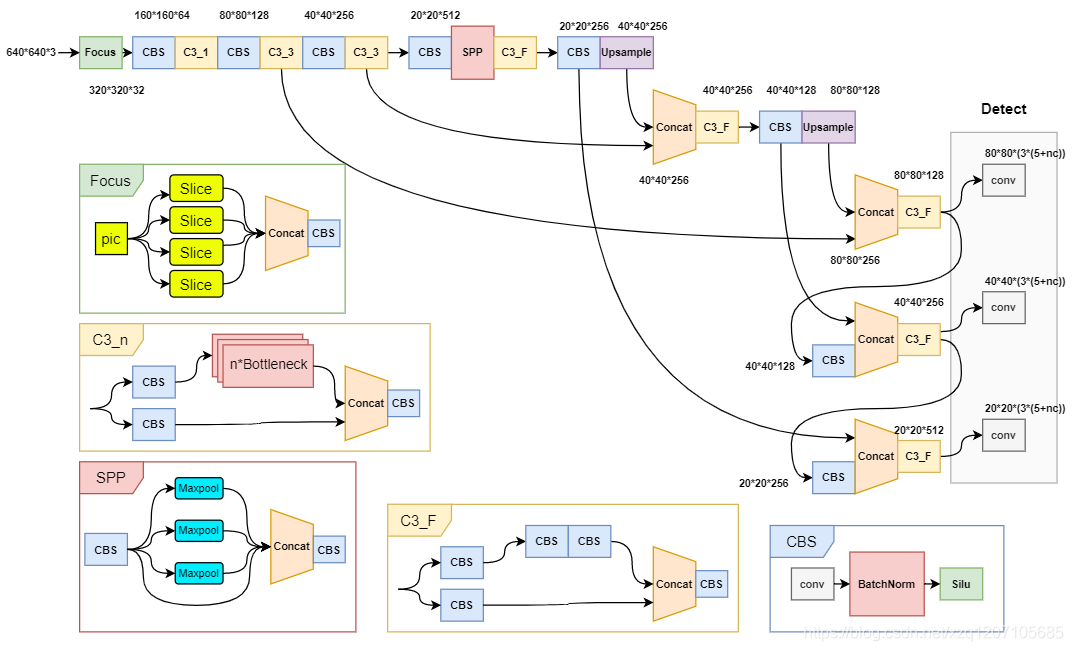
这就是yolov5官方编写前向传播The ingenuity of procedural code
yolov5的网络结构
yolov5/models/yolov5s.yaml
# parameters
nc: 80 # number of classes
depth_multiple: 0.33 # model depth multiple
width_multiple: 0.50 # layer channel multiple
# anchors
anchors:
- [10,13, 16,30, 33,23] # P3/8
- [30,61, 62,45, 59,119] # P4/16
- [116,90, 156,198, 373,326] # P5/32
# YOLOv5 backbone
backbone:
# [from, number, module, args]
[[-1, 1, Focus, [64, 3]], # 0-P1/2
[-1, 1, Conv, [128, 3, 2]], # 1-P2/4
[-1, 3, C3, [128]],
[-1, 1, Conv, [256, 3, 2]], # 3-P3/8
[-1, 9, C3, [256]],
[-1, 1, Conv, [512, 3, 2]], # 5-P4/16
[-1, 9, C3, [512]],
[-1, 1, Conv, [1024, 3, 2]], # 7-P5/32
[-1, 1, SPP, [1024, [5, 9, 13]]],
[-1, 3, C3, [1024, False]], # 9
]
# YOLOv5 head
head:
[[-1, 1, Conv, [512, 1, 1]],
[-1, 1, nn.Upsample, [None, 2, 'nearest']],
[[-1, 6], 1, Concat, [1]], # cat backbone P4
[-1, 3, C3, [512, False]], # 13
[-1, 1, Conv, [256, 1, 1]],
[-1, 1, nn.Upsample, [None, 2, 'nearest']],
[[-1, 4], 1, Concat, [1]], # cat backbone P3
[-1, 3, C3, [256, False]], # 17 (P3/8-small)
[-1, 1, Conv, [256, 3, 2]],
[[-1, 14], 1, Concat, [1]], # cat head P4
[-1, 3, C3, [512, False]], # 20 (P4/16-medium)
[-1, 1, Conv, [512, 3, 2]],
[[-1, 10], 1, Concat, [1]], # cat head P5
[-1, 3, C3, [1024, False]], # 23 (P5/32-large)
[[17, 20, 23], 1, Detect, [nc, anchors]], # Detect(P3, P4, P5)
]
yolov5官方在yolov5s.yaml 定义了yolov5s的网络结构,其中backbone和headdefines each layer of the network
[数据来源,网络深度,网络类型,参数]
以[[-1, 6], 1, Concat, [1]], # cat backbone P4这一行为例:
- 数据来源:Indicates which layer the input to this layer comes from,-1代表上一层,“数字”代表顺序(从0开始).The first in this example
[-1, 6]Represents where the data for this layer comes from上一层和第6层. - 网络深度
- 网络类型:该例中Concat代表该层为Concat层
- 参数:Parameters for creating network objects,In this example, the first4个
[1]代表创建Concat对象时,第一个参数dimension为1,下面时Concat层的定义.
class Concat(nn.Module):
# Concatenate a list of tensors along dimension
def __init__(self, dimension=1):
super(Concat, self).__init__()
self.d = dimension
def forward(self, x):
return torch.cat(x, self.d)
yolov5的前向传播代码
生成网络结构
官方在yolov5/models/yolo.py的mainThe code to generate the network structure is defined in the method.
The code is actually readingyaml文件中的数据,Create the corresponding network object to add tolayers列表中,然后创建一个nn.Sequential对象.
def parse_model(d, ch): # model_dict, input_channels(3)
logger.info('\n%3s%18s%3s%10s %-40s%-30s' % ('', 'from', 'n', 'params', 'module', 'arguments'))
anchors, nc, gd, gw = d['anchors'], d['nc'], d['depth_multiple'], d['width_multiple']
na = (len(anchors[0]) // 2) if isinstance(anchors, list) else anchors # number of anchors
no = na * (nc + 5) # number of outputs = anchors * (classes + 5)
layers, save, c2 = [], [], ch[-1] # layers, savelist, ch out
for i, (f, n, m, args) in enumerate(d['backbone'] + d['head']): # from, number, module, args
m = eval(m) if isinstance(m, str) else m # eval strings
for j, a in enumerate(args):
try:
args[j] = eval(a) if isinstance(a, str) else a # eval strings
except:
pass
n = max(round(n * gd), 1) if n > 1 else n # depth gain
if m in [Conv, Bottleneck, SPP, DWConv, MixConv2d, Focus, CrossConv, BottleneckCSP, C3]:
c1, c2 = ch[f], args[0]
args = [c1, c2, *args[1:]]
if m in [BottleneckCSP, C3]:
args.insert(2, n)
n = 1
elif m is nn.BatchNorm2d:
args = [ch[f]]
elif m is Concat:
c2 = sum([ch[x if x < 0 else x + 1] for x in f])
elif m is Detect:
args.append([ch[x + 1] for x in f])
if isinstance(args[1], int): # number of anchors
args[1] = [list(range(args[1] * 2))] * len(f)
elif m is Contract:
c2 = ch[f if f < 0 else f + 1] * args[0] ** 2
elif m is Expand:
c2 = ch[f if f < 0 else f + 1] // args[0] ** 2
else:
c2 = ch[f if f < 0 else f + 1]
m_ = nn.Sequential(*[m(*args) for _ in range(n)]) if n > 1 else m(*args) # module
t = str(m)[8:-2].replace('__main__.', '') # module type
np = sum([x.numel() for x in m_.parameters()]) # number params
m_.i, m_.f, m_.type, m_.np = i, f, t, np # attach index, 'from' index, type, number params
logger.info('%3s%18s%3s%10.0f %-40s%-30s' % (i, f, n, np, t, args)) # print
save.extend(x % i for x in ([f] if isinstance(f, int) else f) if x != -1) # append to savelist
layers.append(m_)
ch.append(c2)
return nn.Sequential(*layers), sorted(save)
The most important of which is the following sentence,将我们在yamlThe data sources for each layer defined in the file are saved to that layer对象中.
m_.i, m_.f, m_.type, m_.np = i, f, t, np # attach index, 'from' index, type, number params
前向传播
The key code for forward propagation is in yolov5/models/yolo.py中,Model(nn.Module)类的forward_once方法
Model(nn.Module).forward_once(self, x, profile=False)
def forward_once(self, x, profile=False):
y, dt = [], [] # outputs
for m in self.model:
if m.f != -1: # if not from previous layer
x = y[m.f] if isinstance(m.f, int) else [x if j == -1 else y[j] for j in m.f] # from earlier layers
if profile:
o = thop.profile(m, inputs=(x,), verbose=False)[0] / 1E9 * 2 if thop else 0 # FLOPS
t = time_synchronized()
for _ in range(10):
_ = m(x)
dt.append((time_synchronized() - t) * 100)
print('%10.1f%10.0f%10.1fms %-40s' % (o, m.np, dt[-1], m.type))
x = m(x) # run
y.append(x if m.i in self.save else None) # save output
if profile:
print('%.1fms total' % sum(dt))
return x
x是输入的数据,yis a list that holds the output results of each layer
each forward pass,The program traversesself.modelEach layer of the network saved in ,in the code below
x = y[m.f] if isinstance(m.f, int) else [x if j == -1 else y[j] for j in m.f] # from earlier layers
If the data source for this layerm.f是-1,就保留x为上一层的输出,否则,就从yTake out the output of the corresponding layer.
之后,After the forward propagation of this layer is done,Just add the output to y中
x = m(x) # run
y.append(x if m.i in self.save else None) # save output
Note that the above is only the layer indexm.i在self.save中时,results will be saved,否则保存None.
综上,yolov5The schematic diagram of the forward propagation process of the official code is as follows:(注意,The input of each layer also includes the output of the previous layer)

边栏推荐
- Fast advanced TypeScript
- How to update Win11 sound card driver?Win11 sound card driver update method
- BLE蓝牙5.2-PHY6222系统级芯片(SoC)智能手表/手环
- STM32F1和F4的区别
- FP7128内置MOS降压恒流调光深度0.01%高辉共阳调光方案
- arm push/pop/b/bl汇编指令
- casbin模型
- 使用libcurl将Opencv Mat的图像上传到文件服务器,基于post请求和ftp协议两种方法
- How to solve Win11 without local users and groups
- 推开机电的大门《电路》(一):电压,电流,参考方向
猜你喜欢
随机推荐
推开机电的大门《电路》(二):功率计算与判断
Letter combination of LeetCode2 phone number
source /build/envsetup.sh和lunch)
Win11 computer off for a period of time without operating network how to solve
DP4344兼容CS4344-DA转换器
Mapreduce环境详细搭建和案例实现
What should I do if I install a solid-state drive in Win10 and still have obvious lags?
Mysql的锁
The SSE instructions into ARM NEON
蓝牙温度检测系统(基于BT08-B蓝牙模块)
Win10电脑需要安装杀毒软件吗?
Win10 can't start WampServer icon is orange solution
Win11怎么在右键菜单添加一键关机选项
【STM32学习1】基础知识与概念明晰
Please make sure you have the correct access rights and the repository exists.问题解决
FP6293电池升压5V-12V大电流2APWM模式升压方案
如何用硬币模拟1/3的概率,以及任意概率?
实战美团Nuxt +Vue全家桶,服务端渲染,邮箱验证,passport鉴权服务,地图API引用,mongodb,redis等技术点
关于c语言的调试技巧
Daily - Notes
